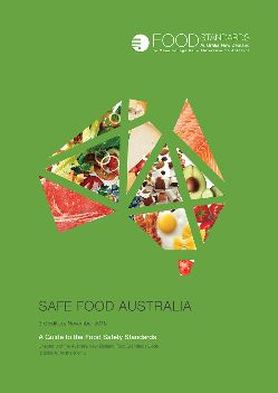NSW Food Authority Forms
- Supplier Details
Supplier Details Form Template - Food Receipt- delivery
Food Receipt Form Template - Cooling Food
Cooling Food Form Template - Food Display
Food Display Form Template - Food Storage 2/4 hr rule
Food Storage 2/4 hour rule Form Template - Cleaning & Sanitising Procedure
Cleaning & Sanitising Procedure Template - Cleaning & Sanitising Form Record
Cleaning & Sanitising Form Template - All NSW FA 3.2.2.A templates - PDF
All NSW FA 3.2.2.A templates - PDF
They can be found as Appendix 8 of Safe Food Australia.
Available as a word document here.
| appendix_8_templates_fsanz_3.2.2.a.docx |


 RSS Feed
RSS Feed
